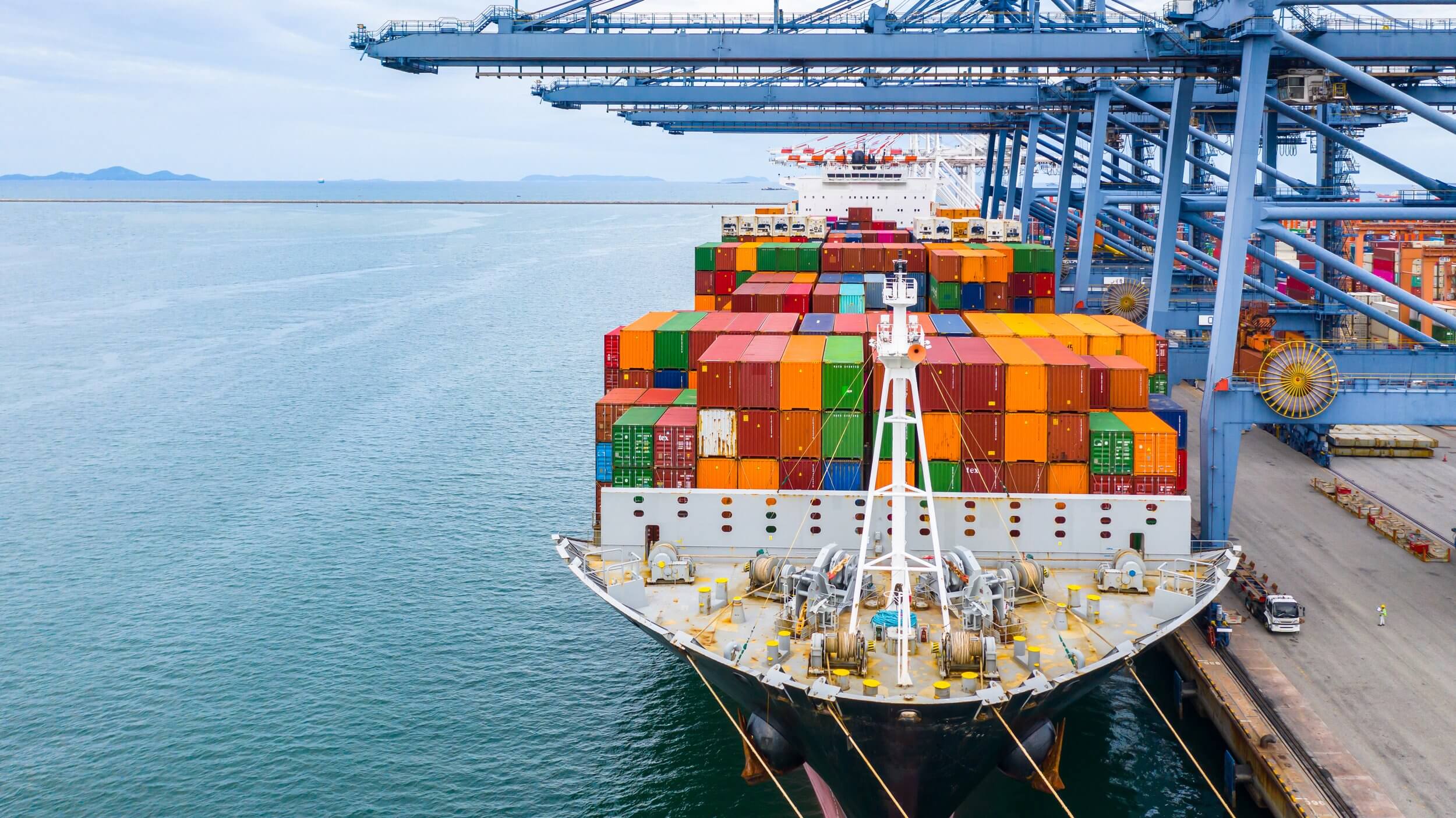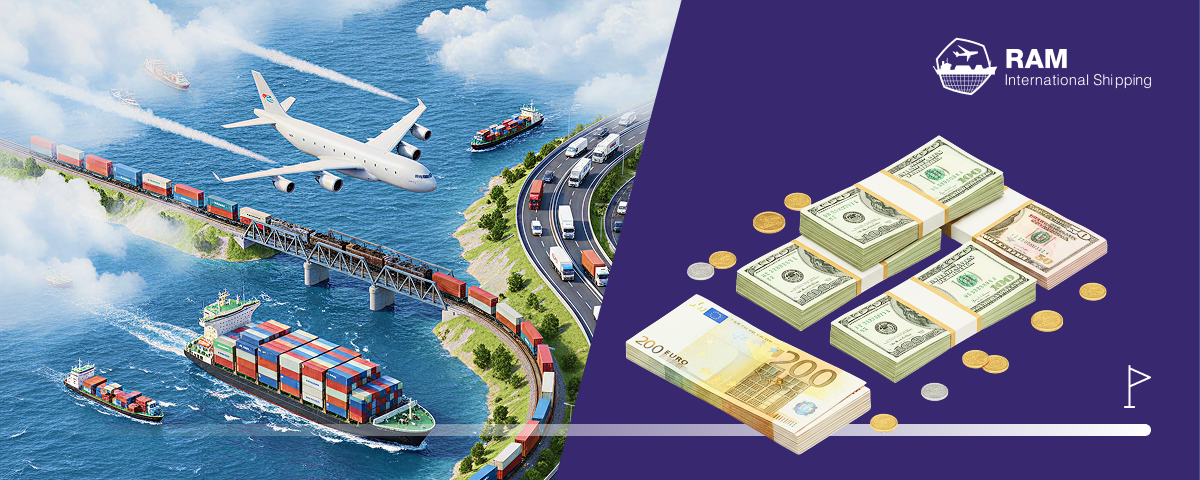
In the dynamic world of international trade, timely delivery of goods is crucial for maintaining business operations and satisfying customer demands. Understanding how long freight shipping takes and the factors that influence transit times can help businesses plan better and make informed decisions. In this article, we delve into the intricacies of freight shipping times and offer insights into optimizing your logistics.
Factors Influencing Freight Shipping Time
Several factors can affect how long it takes for freight to reach its destination. Here’s a detailed look at the primary determinants:
1. Distance Between Origin and Destination
- Geographical Distance: The most obvious factor is the distance between the shipping origin and the final destination. Longer distances naturally result in longer transit times.
- Transit Routes: The chosen route also impacts delivery times. Direct routes are typically faster, while routes with multiple stops or transfers can add to the overall transit time.
2. Type of Transport
- Sea Freight: Typically, sea freight is slower but more economical, especially for bulky or heavy cargo. Average transit times can range from a few weeks to a couple of months, depending on the route.
- Air Freight: Air freight is the fastest mode of shipping, ideal for urgent or high-value shipments. Transit times are usually between 1 to 10 days, depending on the distance and number of stops.
- Land Freight: Road and rail transport times vary widely based on the distance, road conditions, and border crossings. Road freight is generally used for domestic or regional shipments, while rail can be used for both.
3. Customs Procedures
- Documentation: Proper and timely documentation is crucial. Delays in paperwork can lead to extended customs clearance times.
- Inspections: Random or required inspections by customs authorities can add to the transit time.
- Duties and Taxes: Efficient handling of duties and taxes can expedite the process, while delays in payment or disputes can cause significant delays.
4. Weather Conditions
- Seasonal Variations: Weather conditions can affect shipping times, especially for sea and air freight. Storms, hurricanes, or harsh winters can cause delays.
- Unexpected Events: Natural disasters or sudden weather changes can disrupt shipping schedules.
5. Seasonal Demand
- Peak Seasons: During peak seasons like holidays or harvest times, shipping volumes increase, leading to potential delays due to congestion at ports and increased demand for transport services.
- Off-Peak Seasons: Shipping during off-peak times can be faster and more economical, as there is less congestion and lower demand.
6. Carrier Efficiency
- Service Level: The efficiency and reliability of the carrier also play a significant role. Established carriers with robust logistics networks tend to offer more reliable transit times.
- Tracking and Communication: Efficient tracking systems and communication channels can help manage and mitigate delays.
Typical Transit Times for Different Shipping Methods
Understanding typical transit times for various shipping methods can help in planning and setting realistic expectations:
Sea Freight
- Intra-Asia: 7-14 days
- Asia to North America: 15-30 days
- Asia to Europe: 20-35 days
- Europe to North America: 10-20 days
Air Freight
- Domestic Flights: 1-3 days
- International Flights (Short-Haul): 2-5 days
- International Flights (Long-Haul): 5-10 days
Land Freight
- Short-Haul (up to 500 miles): 1-3 days
- Medium-Haul (500-1,500 miles): 3-7 days
- Long-Haul (over 1,500 miles): 7-14 days
How to Optimize Shipping Time
Optimizing shipping time requires strategic planning and proactive measures. Here are some tips:
1. Plan Ahead
- Early Booking: Book shipments well in advance to secure space and avoid last-minute rushes.
- Seasonal Planning: Plan shipments considering seasonal peaks and troughs to avoid delays and higher costs.
2. Choose the Right Carrier
- Reputation and Reliability: Choose carriers known for their reliability and efficiency.
- Service Options: Opt for carriers that offer expedited services or have faster routes.
3. Optimize Routing
- Direct Routes: Whenever possible, choose direct routes to minimize transit time.
- Consolidation Services: Use consolidation services to combine smaller shipments into one, reducing handling times and costs.
4. Efficient Documentation
- Accurate Paperwork: Ensure all documentation is complete and accurate to avoid delays in customs clearance.
- Digital Solutions: Use digital solutions for documentation and tracking to streamline processes.
5. Leverage Technology
- Real-Time Tracking: Use real-time tracking systems to monitor shipments and proactively manage any delays.
- Automated Alerts: Set up automated alerts for critical milestones and potential delays.
6. Work with Experienced Partners
- Logistics Providers: Partner with experienced logistics providers like RAM International Shipping, who have the expertise and resources to handle complex shipping requirements efficiently.
- Customs Brokers: Use customs brokers to expedite clearance processes and handle any issues that may arise.
Real-Life Examples
Example 1: A manufacturing company needed to transport heavy machinery from Germany to the United States. By planning the shipment well in advance and using sea freight, they were able to reduce costs significantly. They chose a direct shipping route and worked closely with RAM International Shipping to ensure all documentation was in order, resulting in a smooth and timely delivery.
Example 2: An electronics retailer required urgent delivery of new products from China to Europe. They opted for air freight due to the time sensitivity of the shipment. RAM International Shipping arranged for expedited services, ensuring the products reached the retailer within 5 days, in time for a major promotional event.
How RAM International Shipping Ensures Timely Deliveries
At RAM International Shipping, we understand the importance of timely deliveries. Our comprehensive approach includes:
- Expert Planning: We work closely with clients to plan shipments in advance, considering all factors that may affect transit times.
- Efficient Routing: Our team of experts optimizes routing to ensure the fastest and most cost-effective paths.
- Advanced Tracking: We provide real-time tracking and updates, allowing clients to monitor their shipments and anticipate any potential delays.
- Proactive Communication: We maintain open lines of communication with clients, carriers, and customs authorities to address any issues promptly.
- Custom Solutions: We offer tailored shipping solutions to meet the unique needs of each client, ensuring efficient and reliable service.
Understanding the factors that influence freight shipping time and knowing how to optimize it can significantly enhance your logistics efficiency. At RAM International Shipping, we are committed to providing timely and reliable shipping solutions tailored to your needs. Contact us today for expert advice and customized shipping services to ensure your cargo reaches its destination on time.



